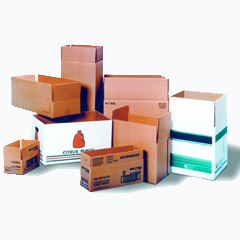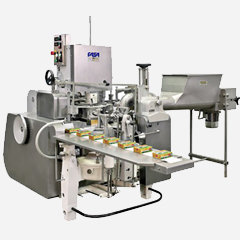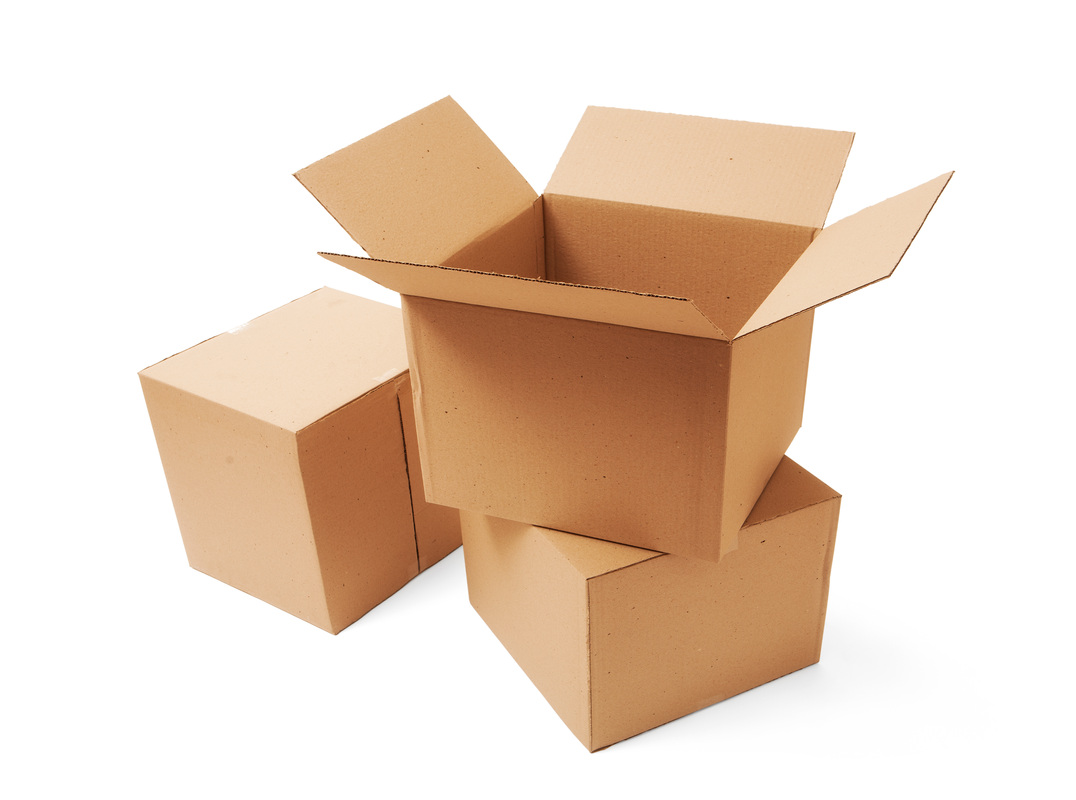We often use our smartphones to scan a type of matrix barcode we call QR Codes. You find them in stores, on consumer electronics products, on packaging materials, and several other places. The wave was generated first in Japan for the automotive industry and then spread like wildfire. It became synonymous with “smart” in “smartphones”.
With the advent of several other similar barcode technologies, however, there is an air of uncertainty around the survival of the QR code, as per several industry experts. But several others think otherwise.

What Is QR Code?
A QR code is a machine-readable optical label, a type of matrix barcode that uses four standardized encoding machines to efficiently store data such as URLs. It became popular outside Japan due to its fast readability and greater storage capacity than standard UPC barcodes.
It consists of black squares arranged in a square grid on a white background, which can be read by an imaging device such as a smartphone camera, and processed using an error correction method until the image can be appropriately interpreted. The required data is then extracted from patterns that are present in both horizontal and vertical components of the image.
As per experts in the field, QR codes can be considered a starting point to interactive packaging with Augmented Reality (AR), as they are a fast method of connecting the real world to cyberspace.
Applications
Uses of QR codes include product tracking, item identification, time tracking, document management, and general marketing.
Are They Passé?
There are several limitations to using QR codes even though they are recognized for their convenience and utility.
The 20-alphanumeric character limit has become a major roadblock for considering its usage in storing larger data.
QR codes are often executed in an inadequate manner, such as erroneously linking the code to a non-mobile optimized site or faulty landing page, sending users to the same information they received with the QR code, not using a clear call-to-action, or placing it in an area where there is no Wi-Fi availability.
When it comes to the packaging industry, brand marketers would understand that packaging is an important step in interacting and bonding the brand with its consumers.
Therefore, incorporating electronic measures that go beyond the typical means of engaging customers would seem like an effective tool.
However, there are limitations of space and design requirements on packaging labels. Often, attempting to include a QR code along with the standard UPC code is excessive.
But as of 2017, most android devices can now scan QR codes (they couldn’t until 2013), and that might overturn the limitation and prove a boon to the future of QR. QR codes are no more viewed as a marketing failure.
The Future Of QR
The future of QR is AR – Augmented Reality app. It lets you interact in real time with exciting digital content captured from all kinds of printed or physical objects and offers a multimedia library that can be experienced online and offline, anytime and anywhere. But this technology is still under development and has not been integrated into all smartphone brands yet. Once cellphone giants overcome that bottleneck, QR will certainly become outdated.





